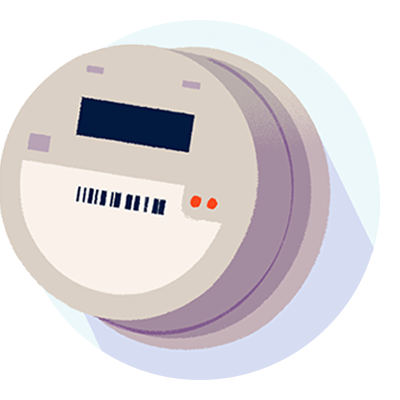A Smart App For A Bright Home
Take control of your home energy use right from your phone. See what’s on in real time, keep track of where your bill is going. Make brighter decisions that are good for you, your wallet, and the environment.
Get SenseTake Control Of Your Home Energy Use
Sense helps you find ways to save money and reduce your carbon footprint, by offering personalized insights, and real time tools to help you track where your energy is going.
Powerful, Personalized Home Energy Insights Right From Your Phone
Knowledge is power. Sense helps you understand and compare how much energy your home and individual appliances consume in real time, and throughout the month.
Savings Made Simple
With this unparalleled view of your home, you can track where your bill is going and identify opportunities to save money. People who use Sense save, on average, up to 8% on their electric bill.
Smarter Choices That Have A Big Impact
Sense empowers you to make smarter choices to optimize energy usage, and engages you to play an active role in reducing your carbon footprint.
Monitor Your Home From Anywhere
Gain peace of mind. No matter where you are, the easy-to-use Sense Home app will keep you informed on what’s happening in your home.
Two Ways To Get The Sense Home App
Download the Sense Home App at no cost to you if your electricity provider has recently upgraded your home with a new Wi-Fi-enabled Smart Meter. Or buy the Home Energy Monitor to enjoy all the benefits of Sense.

Available For Free Through Your Wi-Fi-enabled Smart Meter
Sense has partnered with select electric utility companies to offer the Sense Home App for free. If you’ve recently had a new Wi-Fi-enabled Smart Meter installed in your home, you could get free access to the app.

Available By Purchasing The Home Energy Monitor
The Home Energy Monitor installs in your home’s electrical panel and provides insight into your energy use, and home activity through our iOS and Android apps.